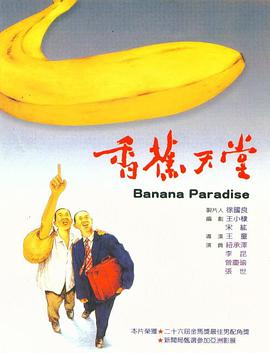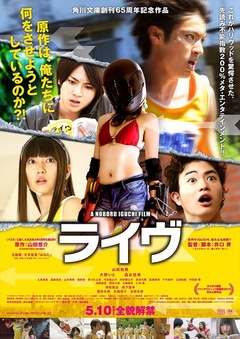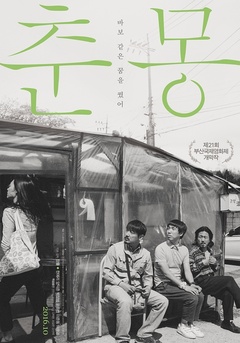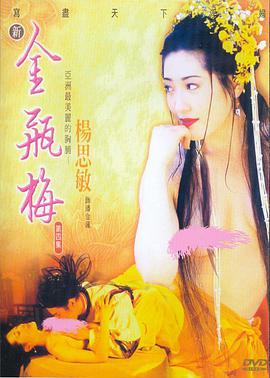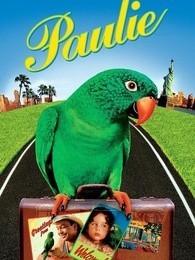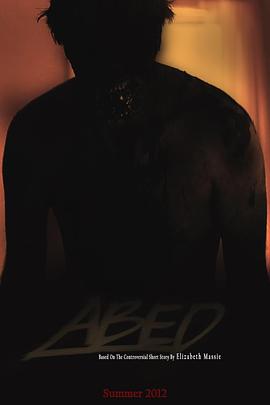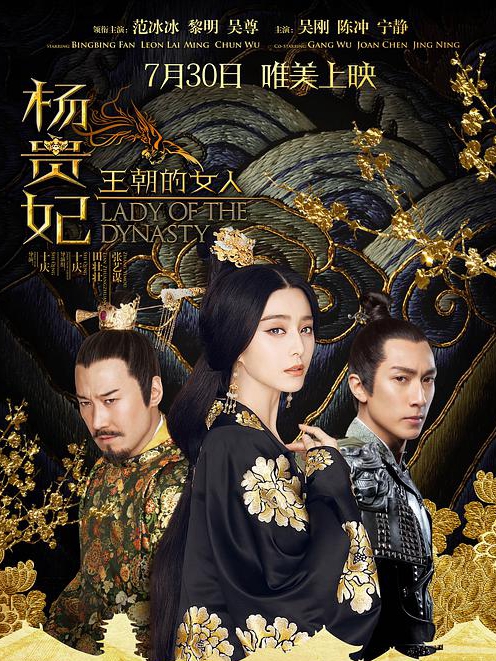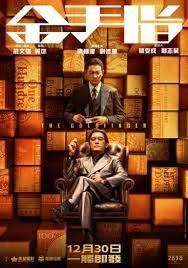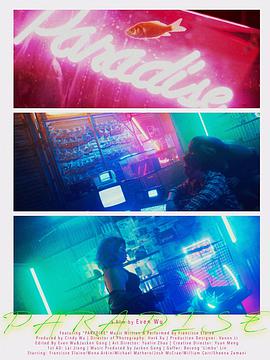- 三三云1
- 正片
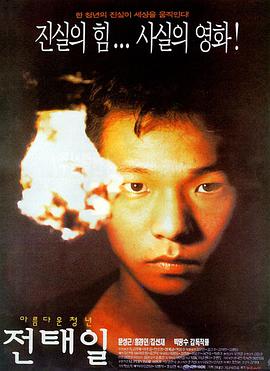
美丽青年全泰壹
- 主演:
- 文成根,洪景仁
- 备注:
- 正片
- 类型:
- 剧情片 剧情
- 导演:
- 朴光洙
- 年代:
- 1995
- 地区:
- 韩国
- 更新:
- 2022-12-10 09:51
- 简介:
- 这部影片交织着两个分别用黑白和彩色胶片拍摄的故事。头一个故事讲述的是一位名叫全台的贫苦青年从1965年到1970年的体验。期间他从街头小贩变成了服装厂工人,工厂环境使人听了非常吃惊、害怕,于是他购买了法律书籍,寻求政府援助,组织工会,与新闻记者交流。但情况始终没有得到.....详细
When Chon T’aeil was fighting for the accomplishment of labor law, he wrote “I wish I can have a friend who goes to college.”. We can simply tell that in the 1960s, there was a gap between intellectuals and workers. Although Chon is heroic for dedicating his young life to democracy, although the self-immolation of Chon is even considered a “religious sacrifice”, the fact that Chon had no other choice but to flame himself to call for attention is desperate.
In the 1970s, we saw the educated and the working-class collaborated through Kim Yongsu, an intellectual who was writing the biography of Chon, ’s marriage with Shin Jung-soon, a labor woman. However, the social-political situation did not change much: labor rights were still not ensured. The nation was under President Park Chung-hee’s control for these two decades. Under the seeming miracle of rapid economic growth lead by him lie the life of hundreds of thousands of workers; but at least, there were people like Kim who could fight with their pens.
At the period when the movie could be produced and published in 1990s, the Korean society slightly improved its labor rights, but there was still not properly settled. As the beginning of the movie displayed, “It’s been five years since Chon’s death, the public seem to start forgetting him”, both Kim Yongsu, the writer of the book and Park Kwang-su, the director of the movie hoped for an everlasting remembrance of Chon T’aeil, the spirit of resistance. By addressing empathy of the public, Park wished minjung can gain reflection of themselves as well as current society, because every one of them is a single spark—those who donated money to help publishing the movie are Chon T’aeil, those who spoke for human rights are Chon T’aeil.
"<>"" && "When Chon T’aeil was fighting for the accomplishment of labor law, he wrote “I wish I can have a friend who goes to college.”. We can simply tell that in the 1960s, there was a gap between intellectuals and workers. Although Chon is heroic for dedicating his young life to democracy, although the self-immolation of Chon is even considered a “religious sacrifice”, the fact that Chon had no other choice but to flame himself to call for attention is desperate.
In the 1970s, we saw the educated and the working-class collaborated through Kim Yongsu, an intellectual who was writing the biography of Chon, ’s marriage with Shin Jung-soon, a labor woman. However, the social-political situation did not change much: labor rights were still not ensured. The nation was under President Park Chung-hee’s control for these two decades. Under the seeming miracle of rapid economic growth lead by him lie the life of hundreds of thousands of workers; but at least, there were people like Kim who could fight with their pens.
At the period when the movie could be produced and published in 1990s, the Korean society slightly improved its labor rights, but there was still not properly settled. As the beginning of the movie displayed, “It’s been five years since Chon’s death, the public seem to start forgetting him”, both Kim Yongsu, the writer of the book and Park Kwang-su, the director of the movie hoped for an everlasting remembrance of Chon T’aeil, the spirit of resistance. By addressing empathy of the public, Park wished minjung can gain reflection of themselves as well as current society, because every one of them is a single spark—those who donated money to help publishing the movie are Chon T’aeil, those who spoke for human rights are Chon T’aeil.
"<>"暂时没有网友评论该影片"}When Chon T’aeil was fighting for the accomplishment of labor law, he wrote “I wish I can have a friend who goes to college.”. We can simply tell that in the 1960s, there was a gap between intellectuals and workers. Although Chon is heroic for dedicating his young life to democracy, although the self-immolation of Chon is even considered a “religious sacrifice”, the fact that Chon had no other choice but to flame himself to call for attention is desperate.
In the 1970s, we saw the educated and the working-class collaborated through Kim Yongsu, an intellectual who was writing the biography of Chon, ’s marriage with Shin Jung-soon, a labor woman. However, the social-political situation did not change much: labor rights were still not ensured. The nation was under President Park Chung-hee’s control for these two decades. Under the seeming miracle of rapid economic growth lead by him lie the life of hundreds of thousands of workers; but at least, there were people like Kim who could fight with their pens.
At the period when the movie could be produced and published in 1990s, the Korean society slightly improved its labor rights, but there was still not properly settled. As the beginning of the movie displayed, “It’s been five years since Chon’s death, the public seem to start forgetting him”, both Kim Yongsu, the writer of the book and Park Kwang-su, the director of the movie hoped for an everlasting remembrance of Chon T’aeil, the spirit of resistance. By addressing empathy of the public, Park wished minjung can gain reflection of themselves as well as current society, because every one of them is a single spark—those who donated money to help publishing the movie are Chon T’aeil, those who spoke for human rights are Chon T’aeil.
